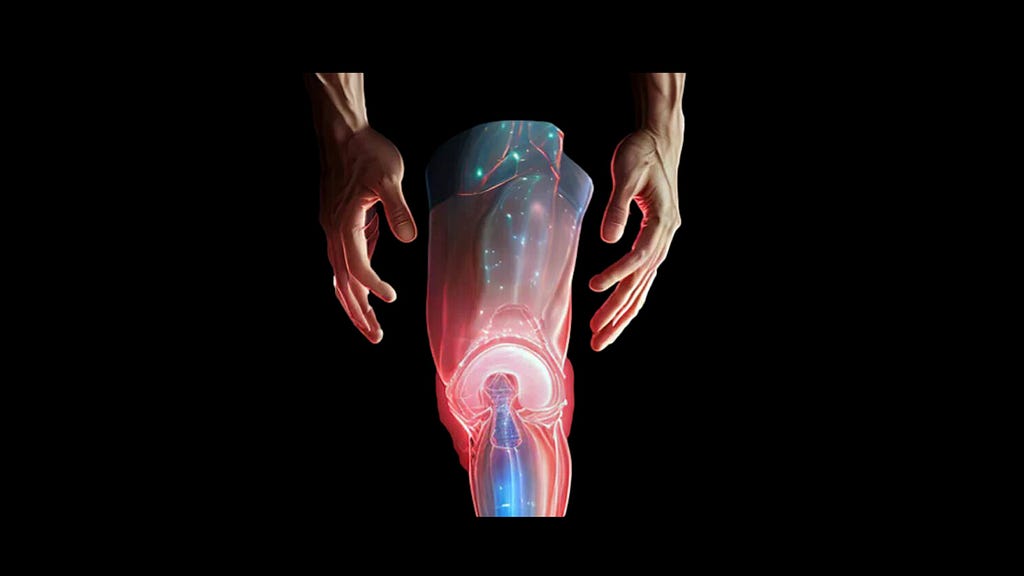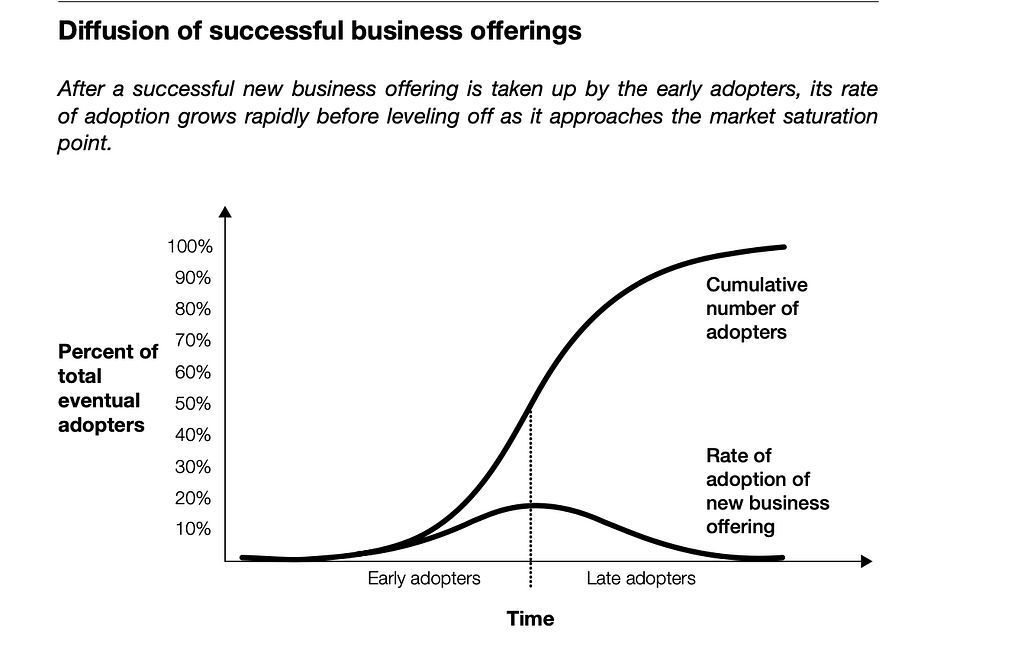“The art of life lies in a constant readjustment to our surroundings.” ― Kakuzo Okakura, ‘The Book of Tea.’
re· syn· the· sis : the act of synthesizing something again : a second or subsequent synthesis. The adult body’s state of stability then is the result of a balance between the rates of protein breakdown and resynthesis.
[TLDR: An organisation is a living entity capable of growth and transformation like a human body. This week’s Thursday Thought draws inspiration from an unexpected source: collagen synthesis. As scientists have revolutionised our understanding of collagen, showing us that it can be remoulded and restructured, we can redraw the traditional business growth models.]
Like many athletes, I sustained many injuries. A few years ago, I was in a bad place physically; I could barely bend down to toe my shoelaces. Until a few years ago, I was resigned to the notion that this was how it would be for the rest of my life. Thanks to the forthcoming guest on The Innovation Show, Scott Hogan, I have been enjoying a new life cycle. Through a series of exercises to resynthesize collagen, I have remoulded my back, shoulders, legs and many supporting muscles that I ignored during my rugby career. Today, I am more flexible, agile and adaptable than ever before. My journey of physical reinvention mirrors many characteristics of organisational transformation.
Collagen Synthesis

Collagen is the glue that holds the body together, providing structure and support to skin, muscles and bones. Produced in our bodies, this protein promotes growth and regeneration. By our mid-twenties, our bodily supply of collagen reduces by about 1.5% each year. By age 45, we have lost over 50% of our collagen stores. This degradation of collagen results in the deterioration of our skin, joints, bones, muscles and eyesight.
For my physical regeneration, I take collagen powder before weight training to reconfigure and reshape muscles, ligaments and fascia (the thin casing of connective tissue surrounding and holding every organ, blood vessel, bone, nerve fibre and muscle in place.) The latest findings show that supplementing with collagen (and Vitamin C) stimulates the body to produce its own collagen once again, a process called biosynthesis.
Initially, collagen was thought to be static and immutable. But contemporary science reveals that it’s an active, mutable process that involves continuous building, breaking down, and rebuilding. In the same way, we have been conditioned to treat business cycles as static. Our bodies continually create and recycle collagen, adapting to our needs and circumstances. And much like our bodies, organisations can be adapted and moulded to fit different needs and circumstances. Our guest on The Innovation Show is the former MD for thought leadership at Accenture Research. In a 6-part series on a trilogy of his books, Paul shares how businesses are malleable. However, like my 2-year-long collagen synthesis, it takes a lot of work, sacrifice and dedication.
Applying Collagen Synthesis to Organisations

The traditional S-curve in business is a graphical representation of the typical life cycle of a product, service or industry. The curve is shaped like an S, with the horizontal axis representing time and the vertical axis representing performance or growth. At the beginning of the curve, there is a slow growth phase, followed by a rapid growth phase, and then a plateau phase where growth slows down. Finally, there is a decline phase where growth stops, and the product, service, or industry becomes obsolete.

Many leaders feel resigned to the idea that this cycle is inevitable, much like the perceived static nature of collagen. But what if, like collagen synthesis, we could stimulate continuous growth and renewal within our organisation?
Through his research on thousands of companies, Paul Nunes has found that top performers have a flexible view of the now, the new and the future. Rather than see their organisations as stuck in the same old business cycle, the top performers understand that they have some control over these cycles. Rather than look at their most profitable products, services, and technologies as an ageing set of assets with a fixed value and life span, they see today’s core as a living business that can grow even faster by applying the optimal fuel for continued innovation and investment (the collagen that provokes organisational biosynthesis).
Rather than accept the shape of the traditional S-curve, they redraw it, turning cows into stars that shine even brighter, expanding at a faster pace and steeper trajectory than before.
“Cash cows,” as the name implies, are products and businesses that can be left to operate largely independently, relied on for dependable profits with little to no reinvestment or innovation. Generating predictable revenue, cash cows can help finance new systems, plants, and acquisitions and can take up the slack for weaker or still-growing businesses during times of economic downturn.
Rather than leveraging today’s core assets to accelerate and scale their entry into new markets, too many incumbents treat those assets like cash cows, milking them for revenue and little else.
Rather than look at their most profitable products, services, and technologies as an ageing set of assets with a fixed value and life span, Paul tells us that “they see today’s core as a living business that can grow even faster by applying the optimal fuel for continued innovation and investment. Rather than accept the shape of the traditional S-curve, they redraw it, turning cows into stars that shine even brighter, expanding at a faster pace and steeper trajectory than before.”
Philips — A Shining Light of Organisational Collagen Synthesis

Throughout his books, Paul Nunes lauds Philips as a paragon of reshaping its S-curve. In 2006, while it was still profitable, Philips faded out its incandescent lighting business. Philips recognised that LEDs would eventually surpass incandescents in cost-effectiveness. The company acquired smaller LED-focused companies, growing the LED business to nearly $7 billion. In 2016, they spun off their new lighting businesses into Philips Lighting (now Signify ).
In a stellar display of resynthesis, Philips expanded into the healthcare industry, focusing on diagnosis and treatment equipment. By 2017, most of their revenue came from this sector, particularly high-end medical equipment. Philips made this transition smoothly due to careful planning and early adoption of a balanced portfolio strategy.
Companies can reshape their usual business paths into more profitable and sustainable ones, similar to collagen remodelling in the body. Success comes from strategic foresight, courage, and balance.
Leaders must think adaptively to surpass the traditional S-curve, accepting that change is required for continued success. This doesn’t imply abandoning all current structures or processes but consistently evaluating and remodelling them to stay effective in a changing business landscape.
THANKS FOR READING
The Paul Nunes Series is live now. Paid Subscribers get all the show notes and this Thursday Thought in audio form tomorrow (Thursday). We have some Ask Me Anything sessions with show guests also coming soon.
Part 2
Part 1
Organisational Resynthesis: Redefining Organisational Cycles was originally published in The Thursday Thought on Medium, where people are continuing the conversation by highlighting and responding to this story.